A good sleeping bag can be the difference between a few shivery hours and the best sleep of your life. Making the right choice is essential, but it can be tricky. The variety of designs and features can be a bit boggling. This guide will help you know your box wall from your stitch-through, and your 1-season bag from a year-round cocoon.
Jump to a topic:
Season and comfort ratings
The first thing to consider when buying a sleeping bag is the type of weather you are likely to use it in. Sleeping bags are given seasonal ratings to help you determine the correct bag for your purpose.
Season ratings - what do they mean?
It may sound obvious but a bag that is comfortable in the summer may not be suitable for use in colder months. Equally, a big, thick bag will have you sweltering from April to September.
1 season sleeping bags - best for warm summer nights, or indoor use such as hostels.
2 season sleeping bags - for late spring to early autumn nights, when you won’t be roasting but are unlikely to encounter freezing weather either.
3 season sleeping bags - best for mild to cold nights with no frost but when the temperature may start to creep down below zero.
4 season sleeping bags - designed for very cold winter nights when you’re likely to encounter frosty and snowy weather. These bags are bulkier, but they will keep you comfortable in temperatures as low as -10°C.
4+ season sleeping bags - some sleeping bags are sometimes rated as ‘5 season’. This term is used to refer to bags that are suitable for extreme expeditions in very cold climates and will often use down insulation.
Comfort ratings - what do they mean?
Seasonal climates differ around the world. For instance, there are great differences between the the extremity of Australian and Norwegian summers. The EN 1357 comfort rating system provides more specific numerical information that can be referred to in any climate. Here's how it works.
Maximum and minimum comfort levels - the upper and lower limit temperatures in which you will remain comfortable at night. The wider the gap between these figures, the more versatile the sleeping bag.
Extreme comfort rating - a test for absolute emergencies, this is the lowest temperature in which a woman can survive in this bag. Bear in mind, though, this doesn't mean 'comfort' as you think of it. Beyond this extreme rating, the bag will provide no further protection.
Factors to consider
Some people simply feel the cold more than others. If you are susceptible then just adjust the lower comfort temperature by about 3-5°C. Also consider the altitude of your camp. Air temperatures are cooler at higher altitude, so add -1°C for every 150 metres climbed.
Our tip
You should always purchase a sleeping bag with a slightly lower temperature rating than you expect to sleep in. After all, you can always sleep with the bag open or wear less clothing, but when it’s cold it is much more difficult to get to sleep while you’re shivering in your sleeping bag. Shop Sleeping Bags
Types of insulation
Insulation is the aspect of the bag that most impacts your warmth and comfort (and the cost) Generally, there are two types of insulation available: down and synthetic. Down relates to the fluffy feathers of waterfowl, usually geese or duck. Synthetic insulation is the name given to artificial attempts to recreate this
Down
Pros: The natural insulation that down provides is unmatched by anything humans have been able to create in a lab. It naturally 'lofts' – expanding to trap warm air between its fibres. In short, it is warmer than synthetic. It also is very light - giving it an excellent warmth to weight ratio - and can be compacted to a much smaller size.
Cons: Down's insulating properties are significantly reduced when wet, as the fibres clump and the loft collapses. Greater care must be taken when washing and storing down filled bags, and they are also more expensive than synthetic.
Synthetic
Pros: Polyfibres are cheaper than down. Synthetic insulation is also more effective when damp retaining at 50% of its insulating properties and is easier to care for, meaning cleaning and storage are less of an issue.
Cons: Historically synthetic has been less effective than down at generating warmth. In recent years labs have improved both its warmth-to-weight ratio by adapting the construction to mimic natural loft. Generally, though, it is still slightly less compressible and insulating than down.
Our tip
Down is great, but the most important layer of insulation is the one between you and the cold ground. Always try to sleep on a sleeping mat or airbed if possible.
Fabric & Technology
The cost of your sleeping bag will mainly depend on the type of insulation it uses, but it is the face fabric that will protect that insulation and the inner fabric that you will feel against your skin.
Face fabrics
Nylon: Offers a good balance of comfort, durability and breathability. It’s reasonably soft to the touch, too.
Ripstop: Ripstop fabrics are lightweight and very durable. The material stops tears from growing (hence 'ripstop') and damage is easily repairable.
Durable Water Repellent (DWR) finish: This prevents moisture from soaking into the bag and collapsing the insulation, especially important for down bags. Be aware, though, this isn't the same thing as waterproof.
Downproof: You’ve seen how easily feathers poke through cushion covers. Downproof construction uses an extra layer of nylon to prevent your insulation from escaping the bag's innards. This keeps it fully insulated and stops holes forming in the fabric.
Inner fabrics
Nylon: Most sleeping bags use nylon as the inner fabric. It is breathable to help avoid clamminess and condensation within the bag. Look for bags with a special soft-touch finish to improve comfort.
Polycotton: This blend is often used in summer or single season bags. It feels super-soft against the skin but is slow to dry and much less suitable for expeditions or colder climates.
Our tip
Water repellent treatment is easily undermined by dirt or oils and can be removed altogether by cleaning with inappropriate detergents. When washing a DWR fabric it is recommended that you use specific water-based products that will reproof your bags.
Shape
A sleeping bag's shape affects the potential warmth of comfort it delivers. The two main sleeping bag shapes are Rectangular and Mummy, though there are some small varieties within these.
Rectangular
A basic rectangle shape with thick padding, sometimes known as a ‘square’ shaped bag.
Pros: Rectangular bags are usually cheaper and more spacious, offering room to move and a non-restrictive night’s sleep. Another option is to unzip them and create a 'duvet'. They are ideal for light summer use or indoors.
Cons: The extra space is a weakness in cold weather, as cool air has more room to circulate. They are also heavier and take up more room.
Mummy
Named for their likeness to an Egyptian mummy, these bags are wide at the top and taper around the body and feet.
Pros: A snug fit has less room for cold air, making these bags suited to colder weather. Unlike the rectangular bags, where the head is exposed, the hood gives extra thermal protection. Mummy bags are also lighter and less bulky, so better for trekking and backpacking.
Cons: They can be restrictive, offering less space to move. If you wanted to open the sleeping bag up the tapered design makes an awkward shape for a duvet.
Gender specific shapes
Mummy sleeping bags are sometimes constructed in a gender specific shape. The women specific sleeping bag will have extra insulation in areas of increased heat loss because women normally sleep colder than men. These bags are also shorter in length and narrower at the shoulders to reduce excess bulk and weight preventing unnecessary heat loss. They are often available within the premium ranges.
What’s a footbox?
As your feet take up more room than your lower legs, many sleeping bags are designed with a flared or trapezoidal footbox to accommodate the shape of your feet without sacrificing the snug fit.
Our tip
If you’re considering camping in spring, autumn or winter, head straight for the mummy sleeping bags. They’re far better at retaining warmth.
Maintenance & Aftercare
Taking care of your sleeping bag can extend its life by years. If you are going to spend serious cash on an expensive bag then it's definitely worth giving it some TLC. Looking after a technical bag isn't just a matter of sticking it in the wash, but with the correct process it isn't too arduous either.
Washing
Rinse out the drawer and drum of your washing machine. This stops chemicals from previous cycles contaminating your wash.
Choose the correct type of cleaner for your bag. Synthetic and down bags benefit from different products. Down wash is a good single solution for down sleeping bags, whilst Tech wash is a good 2-step process to clean and preserve the DWR of synthetic bags. There are a lot of alternative cleaners out there, though. Be sure to check that they are compatible with your bag before using.
Avoid standard household chemicals. These can be too harsh for your sleeping bag materials, and they can strip away any water-repellent treatments.
As a rule of thumb, wash bags a 30-degrees for a 30-minute cycle. Follow this up with a fast spin.
Washing balls can be used to agitate the insulation during the wash, ensuring a deep clean.
Drying
This is probably the most crucial part of sleeping bag maintenance, so it's essential to follow the correct procedure.
Tumble dry at medium heat. Spin for 20-30 minutes then remove from the dryer and shake the bag. Repeat if necessary. When it feels fully dry add another hour of drying time to ensure the insulation is fully dry and not clumping.
Air drying? Hang the bag on the line and rotate/shake out every hour. As with tumble drying, allow a further hour once the bag feels fully dry.
A synthetic bag can take anywhere from 4-6 hours to dry. Down bags can take up to 8 hours.
Storing
Both down and synthetic bags will benefit from proper storage, but down especially as it allows the insulation to properly loft.
Ideally, a sleeping bag should be hung full length. This means giving up space inside your wardrobe, but it will be worth it to keep the bag at optimum performance.
Stuff sacks are another option if space is at a premium, or if you are storing the bag for a journey. Make sure that you use a breathable mesh stuff sack.
Our tip
When packing away your sleeping bag into the stuff sack it is always better to stuff it in randomly, rather than roll it. If you roll the bag each time then the fill will be always be affected at the same spots, which can damage the construction.
Sleeping Bag Liners
A sleeping bag liner is another great way to extend your bag's lifespan. It protects your bag from tears and other damage. It also helps keep it clean and will increase the temperature of your bag at night. Liners come in mainly cotton, silk or fleece. Which to choose?
Cotton
Pros: Cotton liners are cheap and fairly robust.
Cons: They add very little thermal benefit to the sleeping bag, even less so when damp. They are also heavy with large pack size.
Silk
Pros: Very light with small pack size. They add a greater thermal boost than cotton and are quick drying, retaining thermal qualities even when wet.
Cons: Quite expensive and not as durable as cotton.
Fleece
Pros: Provide a huge increase to the warmth of your sleeping bag, adding approximately 5-6°C. They are moderately priced, quick drying and retain thermal qualities when wet.
Cons: On warm nights they are of little use as you will be over-heated. This means the sleeping bag will only be protected on colder nights when the lining can be added. Fleece liners are also bulkier and heavier than silk.
Shop our range of Sleeping bag liners here
Our tip
A great way to get year round use out of your sleeping bag and liner is to purchase one of the following combinations:
A 3-season sleeping and a silk liner. On cold nights use the bag and liner together. On warmer nights just use the sleeping bag, and on hot nights just use the liner.
Buy a 1 season sleeping bag and a fleece liner. On hot or warm nights just use the sleeping bag. On cooler nights use both bag and liner together.

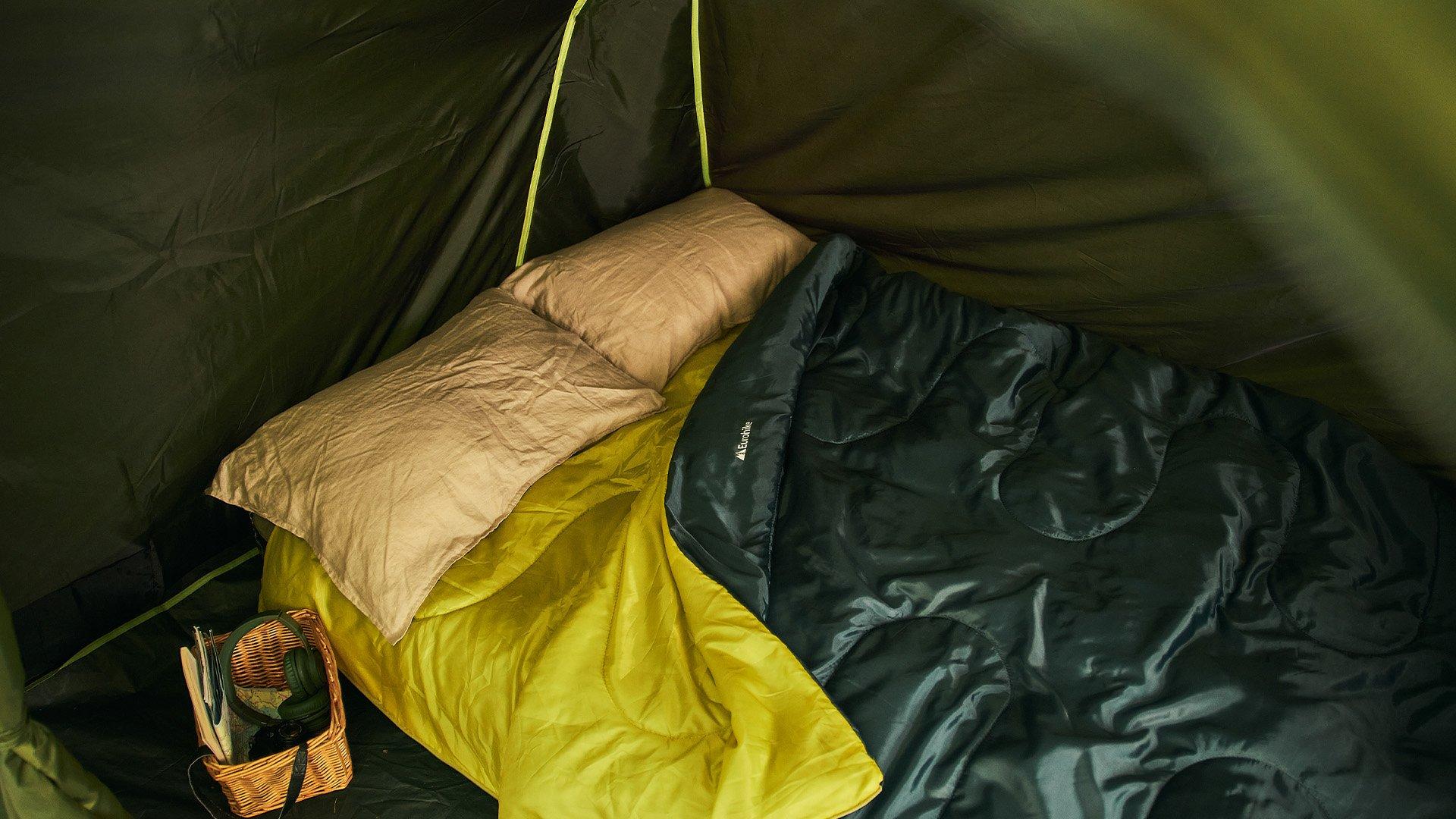
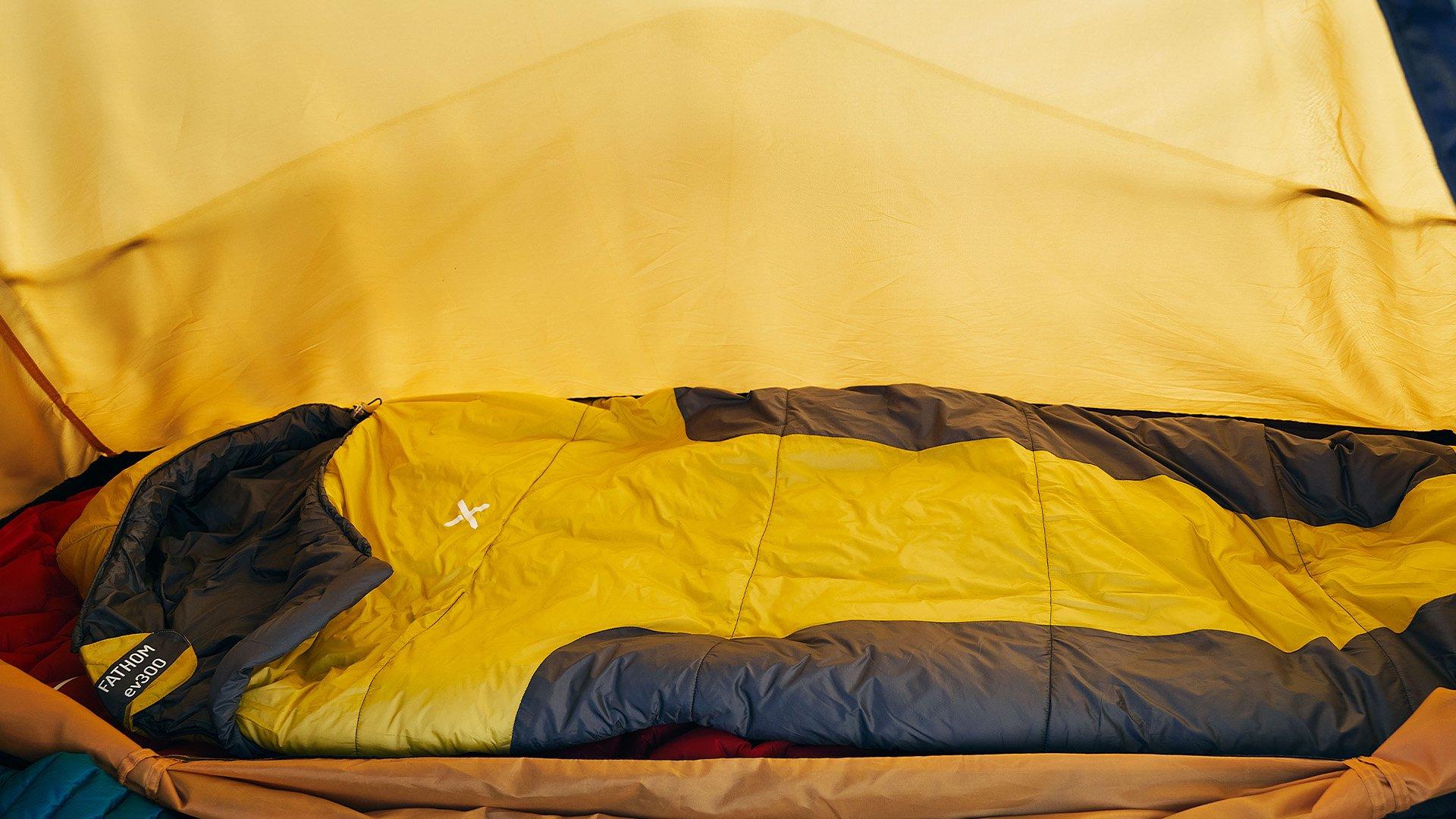
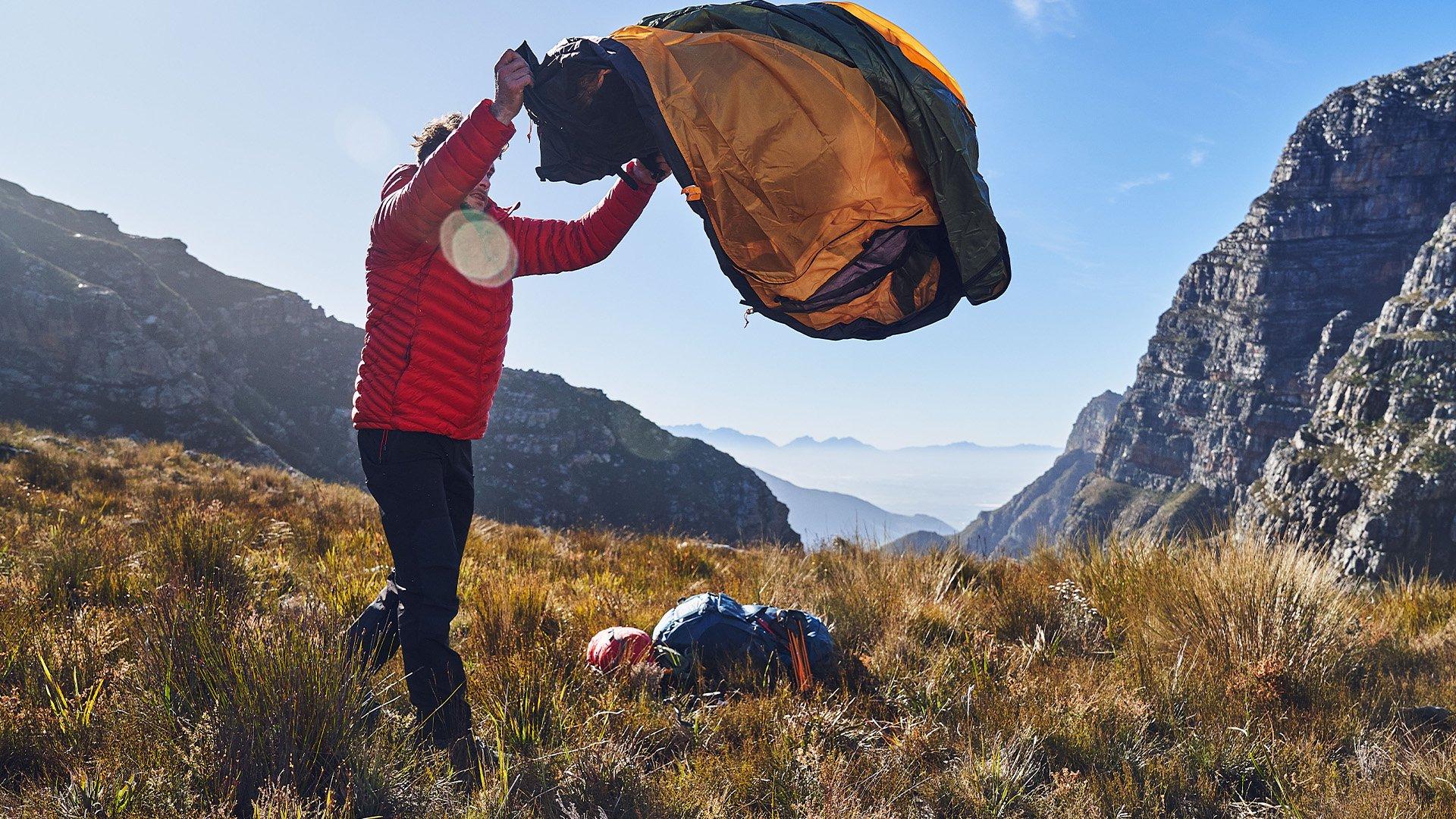
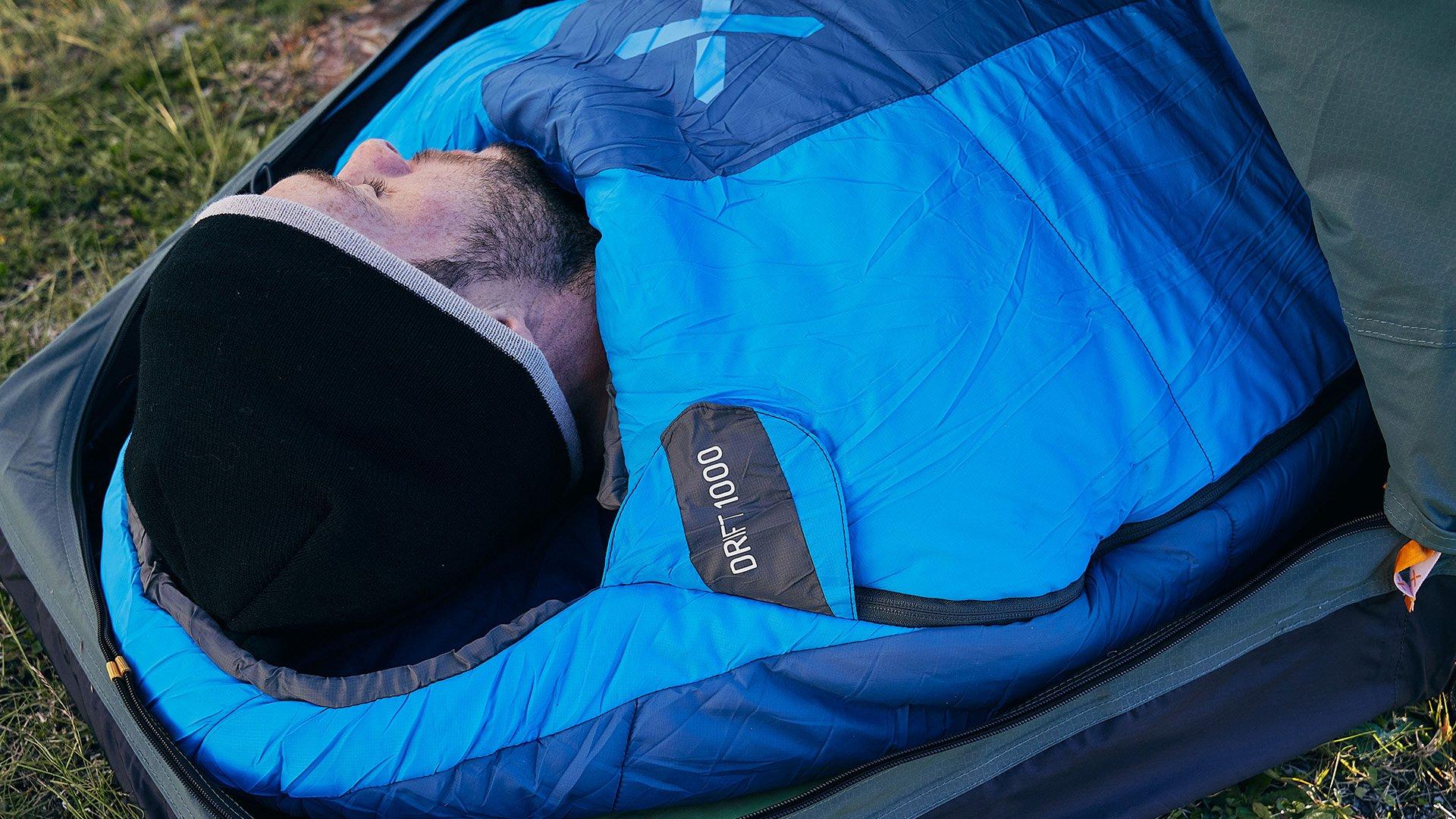
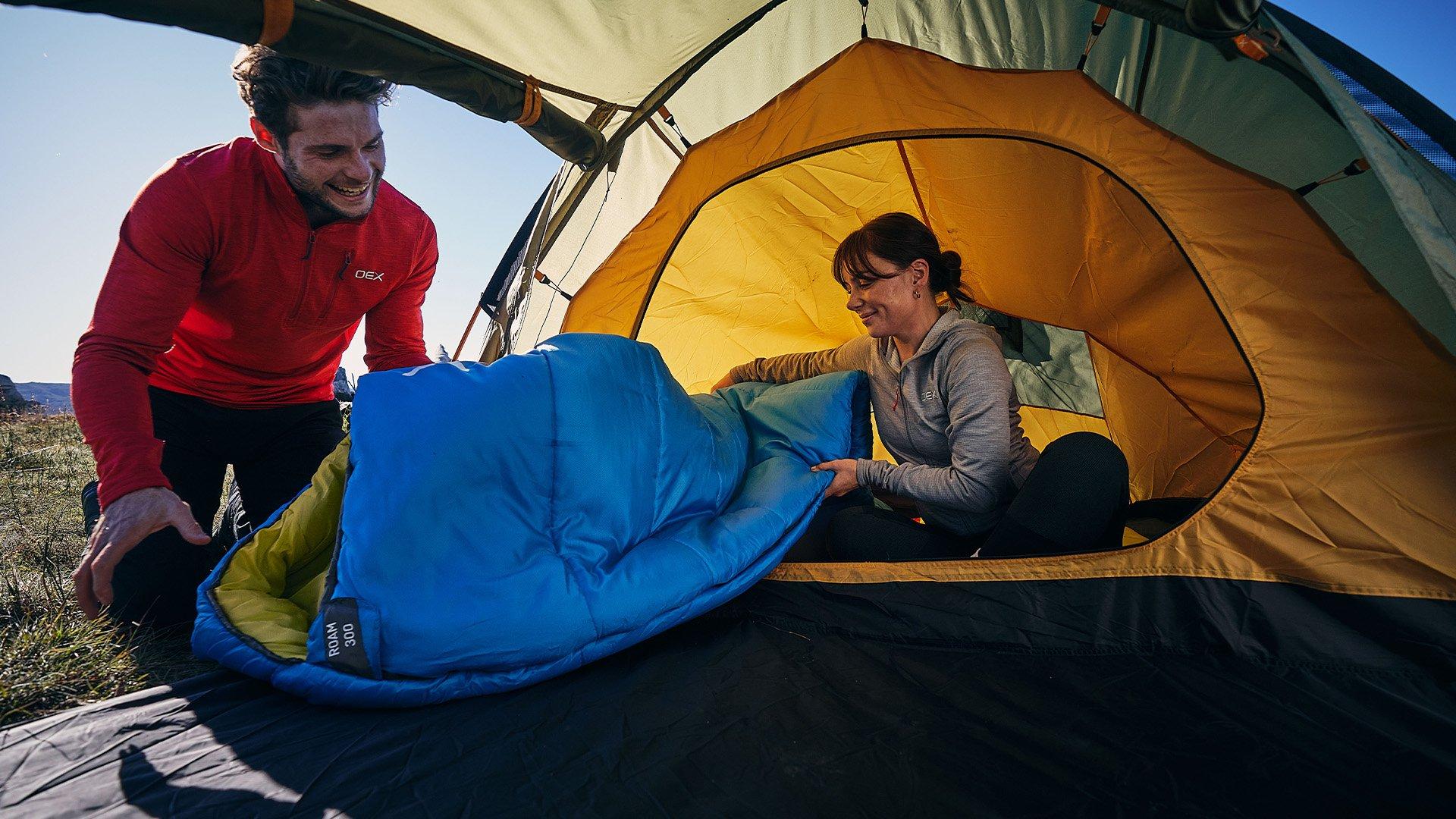
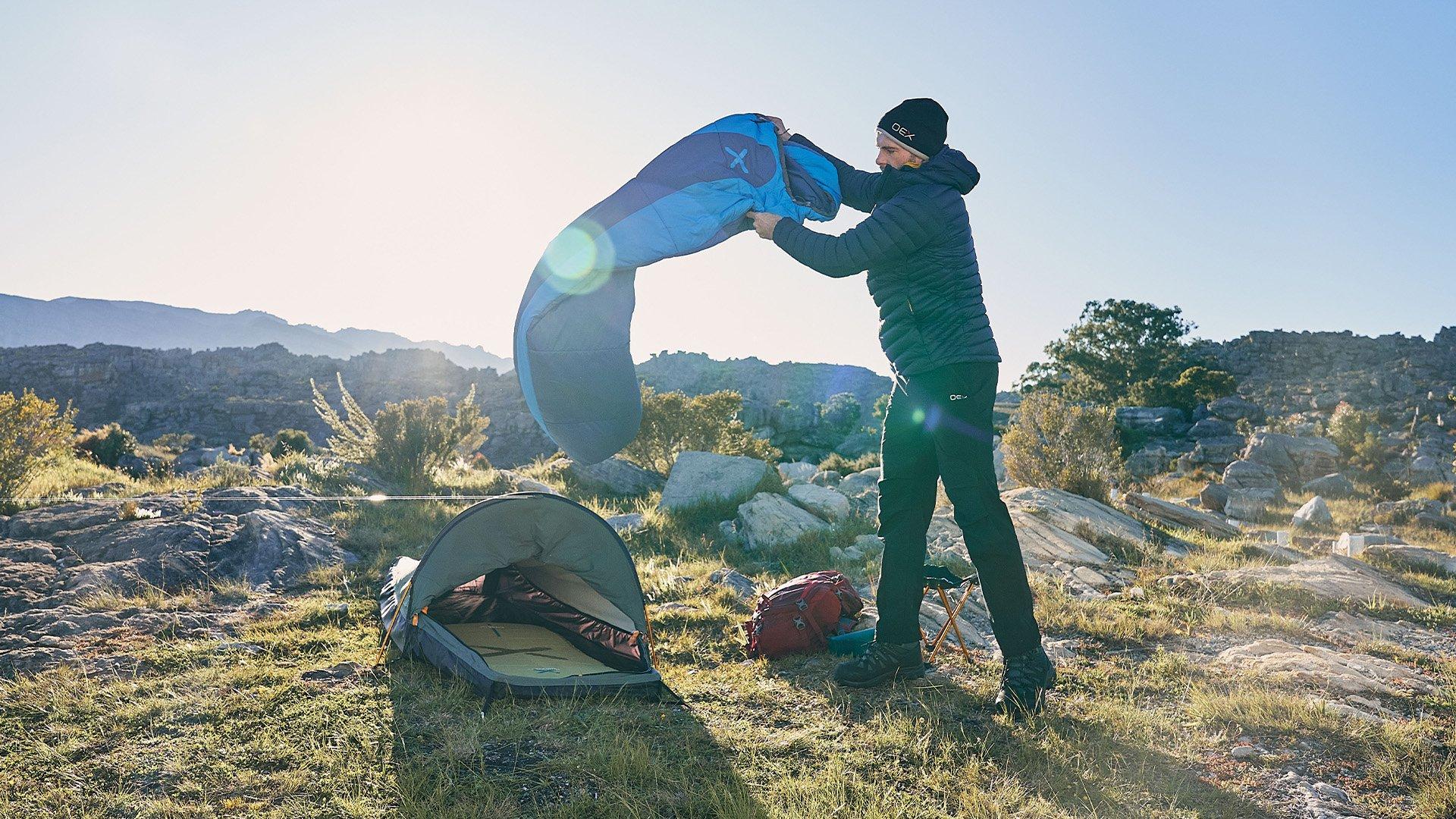

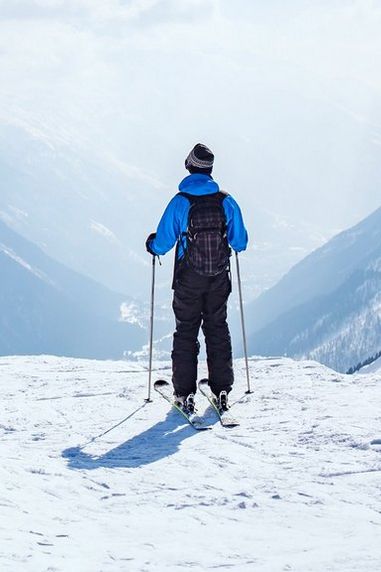
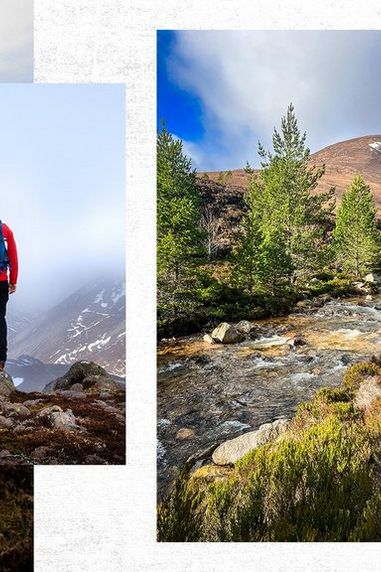

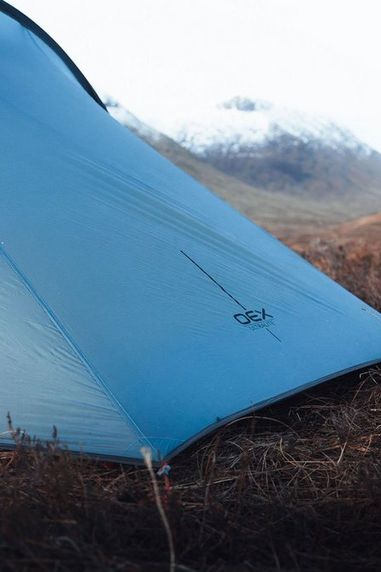
Comments
Very good point. We are currently in the process of updating our buying guides and this is something we will definitely be adding. Essentially, yes, both down and synthetic bags can be tumble dried BUT, when drying your bag they recommend using a tennis ball to agitate the fill. This helps re-distribute the insulation and avoids clumping. Also, make sure to keep the temp low on the cycle otherwise the bag might melt. Want to avoid that!
Hope this helps! Any other questions or suggestions please do let us know.
Many thanks,
Sam @ Blacks